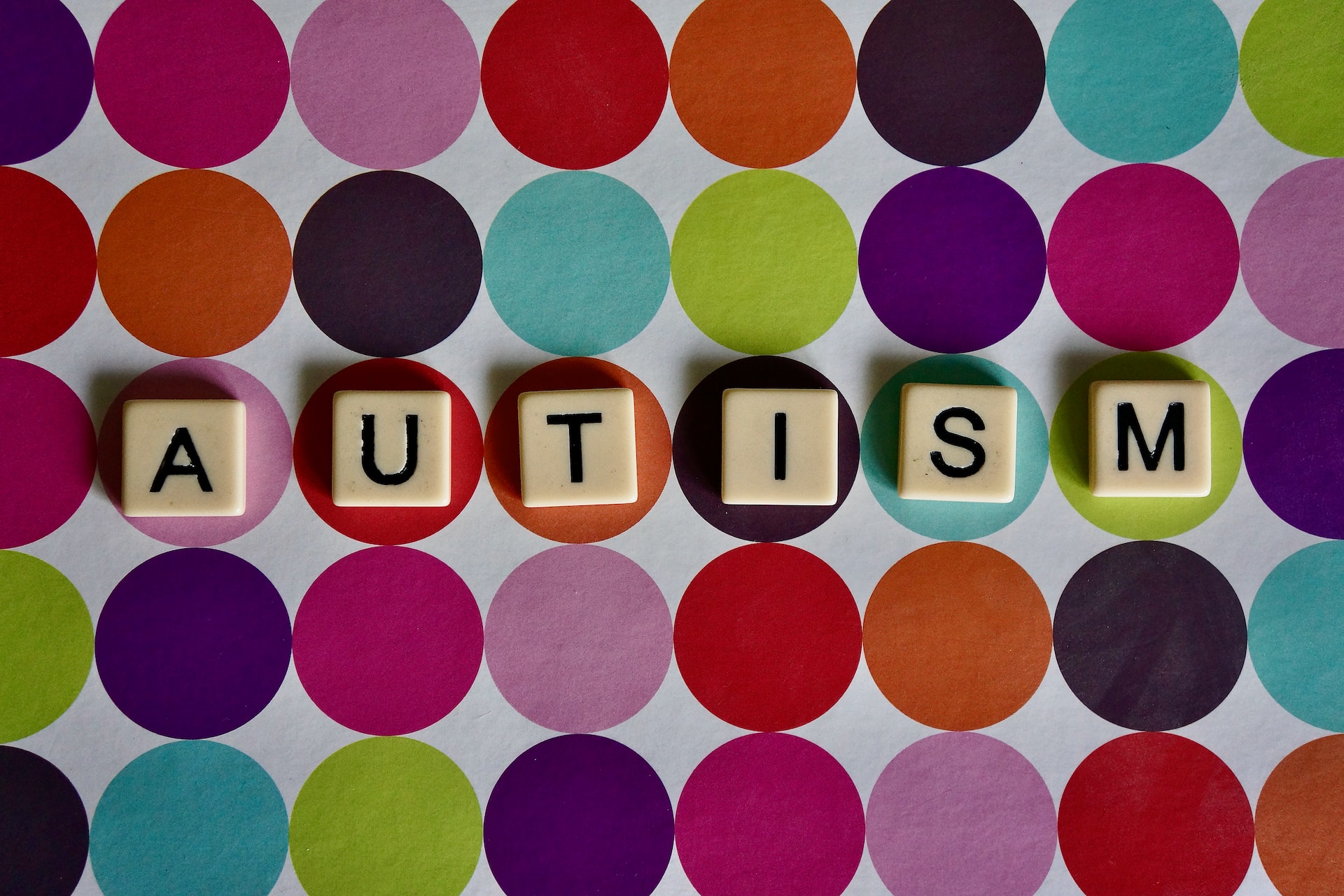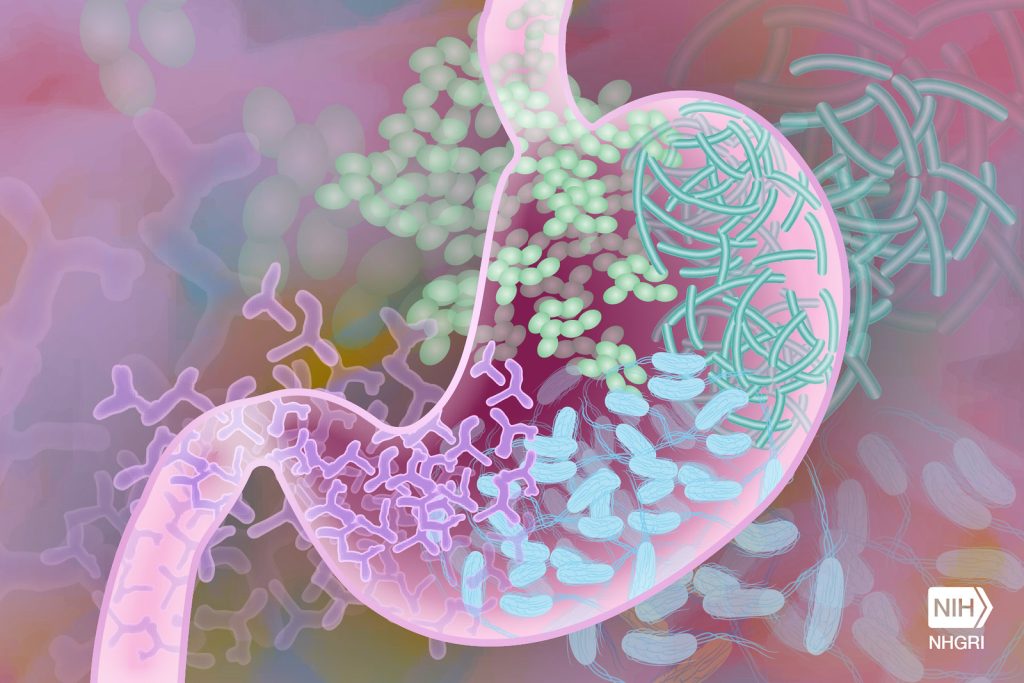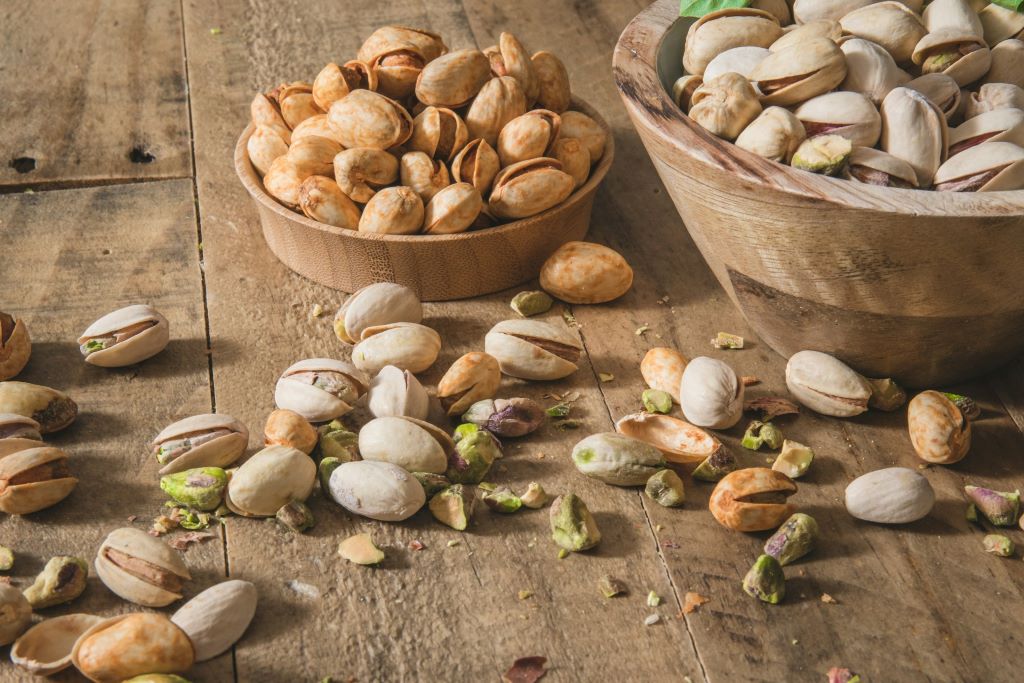No Evidence of a Link Between Gut Microbiome and Autism

There’s no scientific evidence that the gut microbiome causes autism, a group of scientists argue in an opinion paper published in the international Cell Press journal Neuron.
They say conclusions from past research that supported this hypothesis – including observational studies, mouse models of autism, and human clinical trials – are undermined by flawed assumptions, small sample sizes, and inappropriate statistical methods.
“Despite what you’ve heard, read, or watched on Netflix, there is no evidence that the microbiome causally contributes to autism,” says first author and developmental neurobiologist Prof Kevin Mitchell from Trinity.
The hypothesis that autism is caused, at least partially, by the gut microbiome stems from the fact that many people with autism suffer from gastrointestinal symptoms.
In addition, the recent rise in autism diagnoses has led some to believe that environmental or behavioural changes are driving an increase in autism, though the authors note there is strong evidence that the rise in diagnoses reflects increased awareness and broadened diagnostic criteria rather than a biological mechanism.
Nevertheless, researchers have pursued the microbiome-autism hypothesis by comparing the gut microbiomes of people with and without autism, by studying mouse models of autism, and by conducting clinical trials involving people with autism. The authors argue that in all of these studies, the results are flawed and unconvincing.
“There’s variability in all three of those areas, and the studies just don’t form a coherent story at all,” says senior author and developmental neuropsychologist Dorothy Bishop of the University of Oxford.
In the most highly cited studies comparing the gut microbiomes of people with and without autism, researchers used sample sizes ranging from 7 to 43 individuals per group, whereas statistical recommendations call for sample sizes in the thousands.
“Autism is not rare, so there’s no reason to be having studies with only 20, 30, or 40 participants,” says co-author and biostatistician Darren Dahly of the University College Cork.
These studies also used varying methods to characterise microbiome composition, which makes their results difficult to compare. And although some studies found differences between the microbiomes of people with autism and controls, these differences were often contradictory—for example, some studies found lower microbial diversity in the guts of people with autism, while others found the opposite.
These differences also disappeared when the studies accounted for other variables, such as diet, or when they compared the microbiomes of children with autism with their neurotypical siblings.
“If anything, there is stronger evidence for a reverse causal effect, in that having autism can affect someone’s diet, which can affect their microbiome,” says Prof Mitchell.
Mouse models of autism that have claimed to show a link between the gut microbiome and autism are also unconvincing, the researchers say, because of behavioural, cognitive, and physiological differences between humans and mice.
“There’s no evidence that ‘autistic-like’ behaviours in mice models have any relevance to autism, and the experiments themselves had methodological and statistical flaws that undermine their claims,” says Prof Mitchell.
Several human clinical trials have tested the microbiome-autism hypothesis by performing faecal transplants or by administering probiotic therapies to people with autism and then monitoring changes in their characteristics. Again, the researchers say that most of these studies used inadequate sample sizes and inappropriate statistical methods that undermine their findings, and many didn’t use a control group or randomisation.
“The consensus across the studies that we surveyed is that when you do the trials properly, you don’t see anything,” says Dahly.
Based on the lack of convincing evidence, and the lack of progress in the field, the researchers argue the hypothesis that the microbiome causes autism has reached a dead end.
“If you accept our message, there’s two ways you can go. One is to just stop working on this area, which is something that we would be quite happy to see,” says Bishop. “But given that realistically, people are not going to stop, they need to at least start doing these studies in a much more rigorous way.”
Source: Trinity College Dublin






